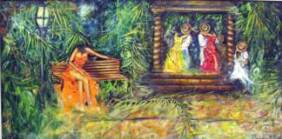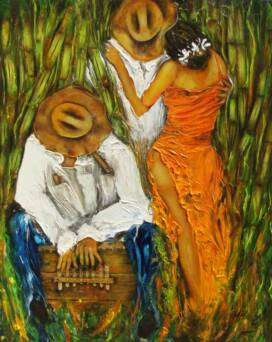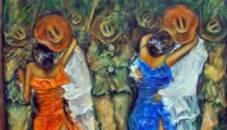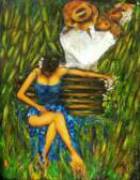Cuban Art Humberto benitez sold for $18,000.00,**Cuban Art** ,Guajiro, La Comparsa $12,500, Guajiro $15,600.00 ,Arte,Coral Gables Gallery, Gallery walk in Coral Gables, Benitez Artist, Art Business News,trendsetter,Cuban Artis Miami,Carnaval miami ,cuban american artist,Cuban art is hot, maimi artist , miami cuban artist, art in Cuba, cuban artist in us, Benitez $15,000.00, Benitez $18,000.000, Coral Gables Gallery walk,Calle Ocho Miami, Calle ocho galleries, Coral Gables galeries,Gables arts, Gables Artist, sold $14,500.00, Sold $19,000.00, Art Expo in New York, Guanajay, La cubania, Cubanos en miami, el arte Cubano, Arte en Coral gables, Miami Artist, Cuban american art in Miami, the art scene, windwood art galleries, Miami Galleries, Great Cuban art, Sold Cuban art, Cuban art for sale,Arte, Su Arte, Benitez Sold for,
Un Danzon en la glorieta / Scroll down to view "La Marimbula"



Artist Selected
The artist has authorized a low number Limited series giclee's
Contact Lissette Benitez 786-877-1045

Reproductions of " La Marimbula" are available
Limited series sign by the Artist

The History of The bolero
The bolero was born in Cuba’s eastern city of Santiago. Unlike some other genres, the bolero has been assigned a precise moment of creation: the composition of the first bolero, Tristezas, by Pepe Sánchez, in 1883 or a little later. Like other kinds of music, however, it was not born in a vacuum, unrelated to prior genres. Its origins go back—at least by name—to the Spanish bolero, a light dance in 3/4 time. Unexpectedly, it also derives in a way from the English country dance, which became known in French as contradanse. French colonists, escaping from the Haitian revolution across the straits from eastern Cuba, brought with them the music, which in Spanish became contradanza. From the Cuban contradanza, or simply danza, as the analogous forms are also called in Puerto Rico and Mexico, came the trova, the traditional song of the guitar-playing troubadour from the east of the island. The danza was also the basis of the habanera, which was so named not in Cuba, but in Europe, when the rhythm crossed the ocean. The first published habanera, La Pimienta, was written in 1836. In 1884, around the time that Sánchez writes his bolero, Sebastian Yradier’s La Paloma, a classic habanera, is becoming a hit in Mexico and in the U.S.
Evolution of Danzon:
The original form of Danzón, created by Miguel Faílde Pérez in 1879, begins with an Introduction (four bars) and Paseo (four bars), which are repeated and followed by a 16-bar melody. The Introduction and Paseo again repeat before a second melody is played. The dancers do not dance during these sections: they choose partners, stroll onto the dance floor, and begin to dance at precisely the same moment: the fourth beat of bar four of the paseo, which has a very distinctive percussion pattern that's hard to miss. When the introduction is repeated the dancers stop, chat, flirt, greet their friends, and start again, right on time as the Paseo finishes.
